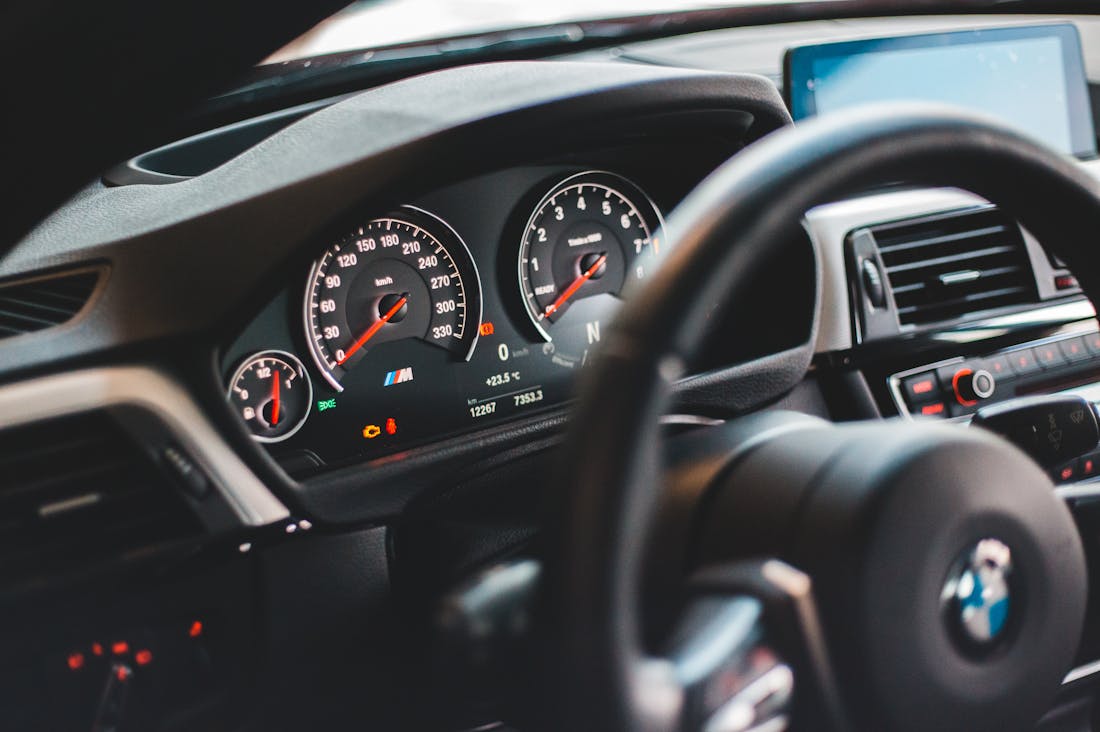Innovative car technologies are fundamentally transforming the way we drive, enhancing safety, convenience, and connectivity. From advanced driver-assistance systems (ADAS) to autonomous vehicles and electric powertrains, these innovations are reshaping not only how vehicles operate but also how we interact with them. As we embrace these advancements, the future of driving promises to be more efficient, enjoyable, and sustainable than ever before. This exploration delves into the latest breakthroughs that are redefining modern driving experiences.

The Evolution of Driving: From Traditional to Technological
The evolution of driving has undergone a remarkable transformation, shifting from traditional methods to an era defined by advanced technology. Initially, driving was a raw experience, reliant on manual controls and mechanical systems that required significant driver attention and skill. As time progressed, innovations such as power steering, automatic transmissions, and anti-lock braking systems enhanced comfort and safety. The introduction of GPS navigation revolutionized route planning, while the emergence of driver-assistance technologies, like adaptive cruise control and lane-keeping assistance, marked a significant leap toward autonomous driving. Today, electric vehicles and fully autonomous cars represent the pinnacle of this evolution, embodying a future where sustainability and convenience redefine the driving experience. This ongoing technological integration promises to reshape our relationship with transportation, making it more efficient, eco-friendly, and accessible than ever before.

Safety Features: Enhancements in Vehicle Design
Recent advancements in vehicle design have significantly enhanced safety features, prioritizing occupant protection and accident prevention. Modern cars are now equipped with advanced driver-assistance systems (ADAS) that include adaptive cruise control, lane-keeping assist, and automatic emergency braking, which help mitigate human error on the roads. Structural improvements, such as crumple zones and reinforced passenger cages, absorb impact forces, reducing injury risk during collisions. Additionally, the integration of smart technologies, including collision warning systems and blind-spot detection, further enhances situational awareness for drivers. These innovations not only contribute to individual safety but also promote overall road safety, making driving a more secure experience.

Eco-Friendly Solutions for Sustainable Transportation
Eco-friendly solutions for sustainable transportation are increasingly pivotal in combating climate change and reducing urban congestion. Embracing electric vehicles (EVs) is one of the most prominent solutions, as they produce zero tailpipe emissions and can be powered by renewable energy sources. Additionally, expanding public transportation systems, such as buses and trains, encourages commuters to rely less on personal vehicles, thereby decreasing overall carbon footprints. Biking and walking initiatives promote healthier lifestyles while minimizing pollution. Furthermore, integrating car-sharing and ride-sharing services utilizes existing vehicles more efficiently, reducing the need for ownership. Together, these solutions create a synergistic approach to a greener, more sustainable future in transportation.
AI-Assisted Content Disclaimer
This article was created with AI assistance and reviewed by a human for accuracy and clarity.